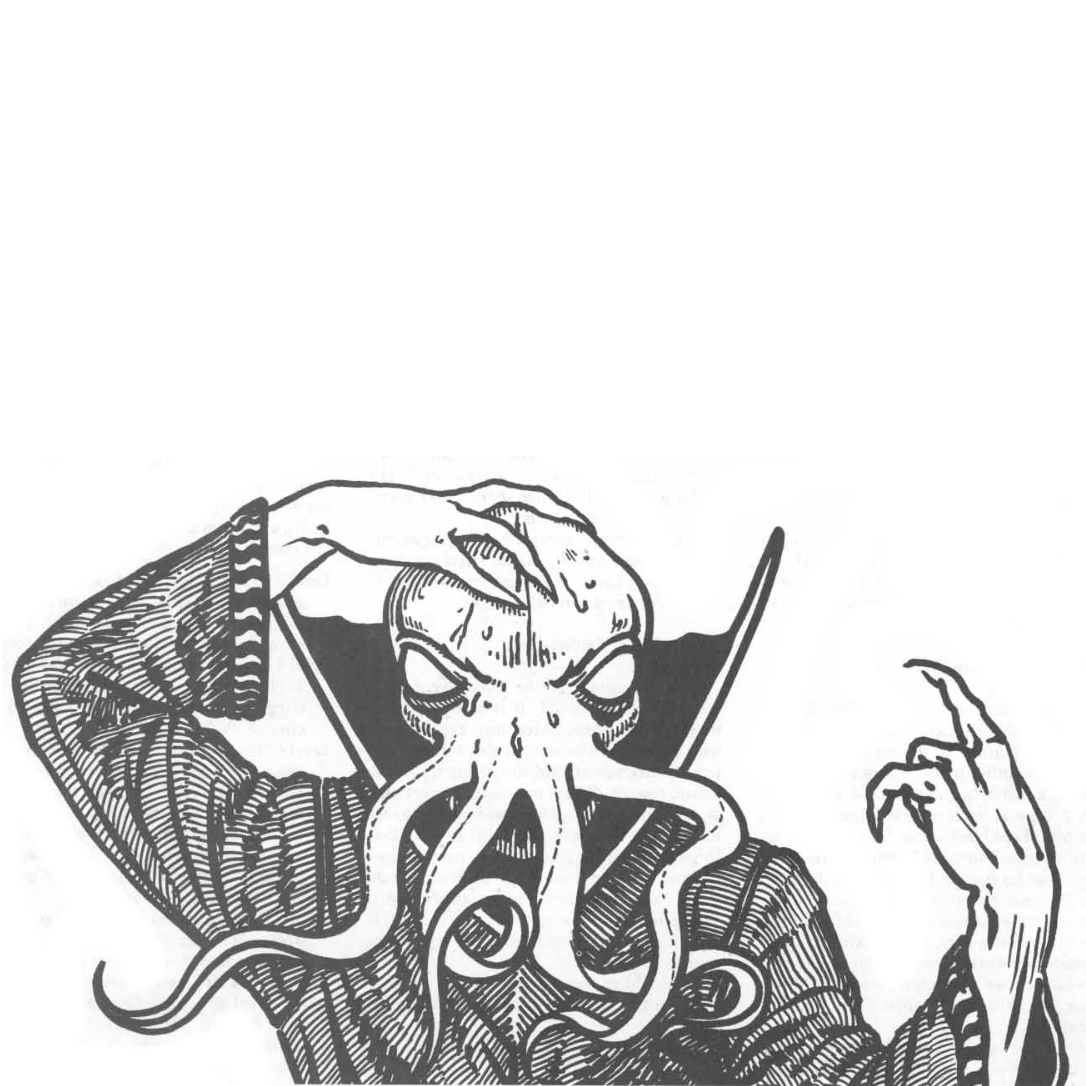Generally I've seen it rules that the overlap needs to cover >50% of the square to affect it. In which case you have the exact same coverage as before. But in this case I'd just rule that we shift the grid 45 degrees so it lines up again and move units to the closest square that aligns. I.e. don't use geometry to try to munchkin.
There's a bunch of grid-based shapes that pertain to the rules of 5e as well if you need that. Also 5e fun fact: a circle or radius affect is going to look like a square since diagonal distance is not accounted for, but in Pf2e it looks closer to an actual circle.
but in Pf2e it looks closer to an actual circle.
Same in PF1, and all the D&D's before 4. I'm pretty sure most games made to be played with a battlemap have a rule for diagonals, making 4e an exception.
I prefer the Vibes-Based Magic SystemTM, where you grip it rip it and and tolerate
a littleok a decent amount of variance in order to speed things along and avoid anything resembling powegaming. Oh your fancy spell isn't working exactly as you intended 100% of the time? Guess magic is mystical and imprecise and ultimately subject to the whims of indifferent gods
Oh your fancy spell isn't working exactly as you intended 100% of the time? Guess magic is mystical and imprecise and ultimately subject to the whims of indifferent godsEasy, don't use grid squares, use zones.
This meme brought to you by theater of the mind gang.
No grid only effect templates. Freeform battlemapping y'all!
And rulers.
A group of my players brought this up. I let them know that was fine, but the monsters would be able to return the favor.
We decided "the weave" determines the angle of squares (no diagonals).





